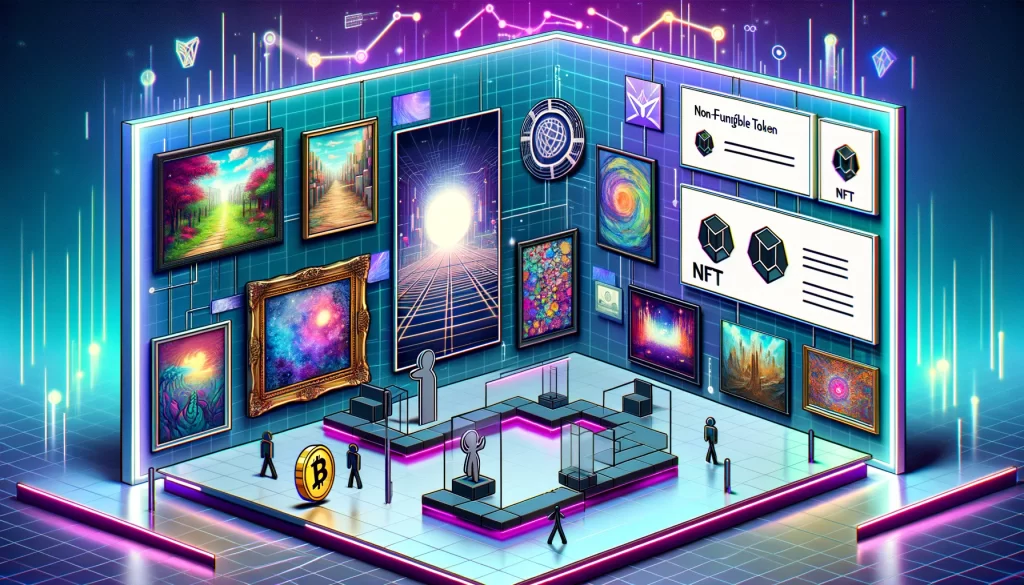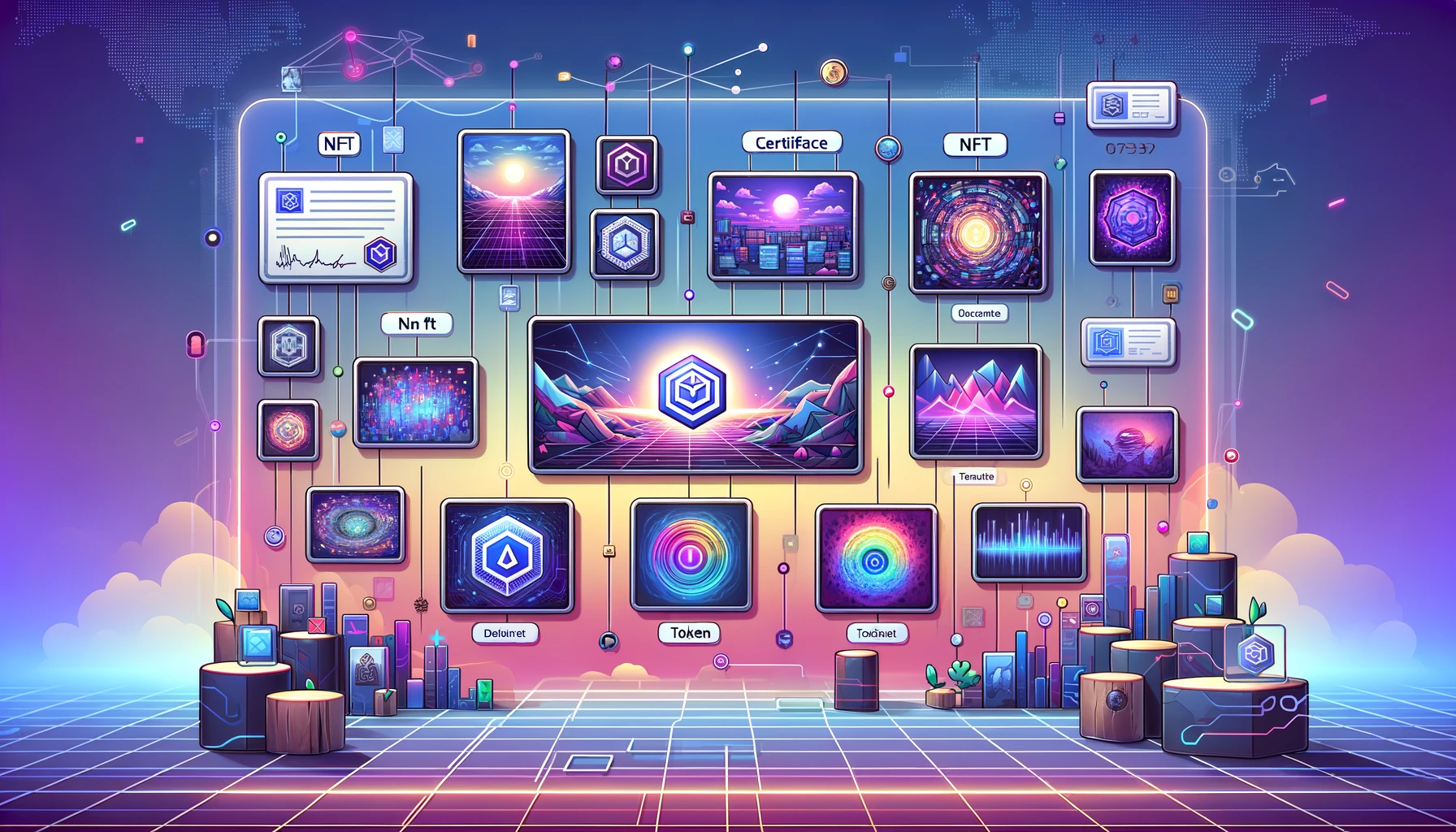NFT stands for Non-Fungible Token. It is a type of digital asset that is unique and cannot be exchanged for another asset. NFTs are used to represent digital art, collectibles, and other digital items.
What is an NFTs? Exploring the Basics of Non-Fungible Tokens
Non-fungible tokens (NFTs) are unique digital assets and cannot be exchanged for other assets of the same type. They are stored on a blockchain, a distributed ledger technology, and are used to represent ownership of digital assets such as artwork, music, and other digital collectibles. NFTs are becoming increasingly popular as they provide a secure and transparent way to own and trade digital assets.
What Does NFT Stand For? Unpacking the Meaning of Non-Fungible Tokens
NFT stands for non-fungible token. Fungibility is a term used to describe the ability of an asset to be exchanged for another asset of the same type. For example, a dollar bill can be exchanged for another dollar bill. Non-fungible tokens, however, are unique and cannot be exchanged for other assets of the same type.
What Are the Benefits of NFTs? Discover the Advantages of Non-Fungible Tokens
NFTs offer several benefits to users. First, they provide a secure and transparent way to own and trade digital assets. NFTs are stored on a blockchain, which is a distributed ledger technology that is immutable and secure. This means that the ownership of an NFT is recorded on the blockchain and cannot be changed or manipulated. Additionally, NFTs are easily transferable, meaning that they can be quickly and easily transferred from one user to another.
Second, NFTs provide a way to monetize digital assets. Users can sell their digital assets for a profit by creating an NFT. This is especially beneficial for artists and musicians who can now monetize their work in a way that was not previously possible.
Third, NFTs provide a way to create scarcity. By creating a limited number of NFTs, users can create a sense of scarcity and increase the value of their digital assets. This is especially beneficial for digital artists who can create limited-edition works of art that are highly sought after.
Finally, NFTs provide a way to create a community. By creating an NFT, users can create a community of people who are interested in the same digital asset. This can benefit artists and musicians who can use the community to promote their work and increase their visibility.

What Are the Risks of NFTs? Examining the Potential Drawbacks of Non-Fungible Tokens
Despite the many benefits of NFTs, some potential risks are associated with them. First, NFTs are still relatively new and face a lack of regulation. This means that users may not be protected if something goes wrong. Additionally, NFTs are stored on a blockchain, which is a distributed ledger technology that is immutable and secure. This means that if an NFT is lost or stolen, it cannot be recovered.
Second, NFTs are subject to market volatility. The value of an NFT can fluctuate significantly depending on the demand for the asset. This means that users may not get the same return on their investment as they would with a more traditional asset.
Finally, NFTs are subject to fraud. As with any asset, there is always the potential for fraud. This means that users should be wary of any NFTs that seem too good to be true.
In conclusion, NFTs are a relatively new technology that offers several benefits to users. They provide a secure and transparent way to own and trade digital assets and a way to monetize digital assets and create scarcity. However, some potential risks are associated with NFTs, such as a lack of regulation, market volatility, and the potential for fraud. As with any asset, users should know the risks before investing in NFTs.

